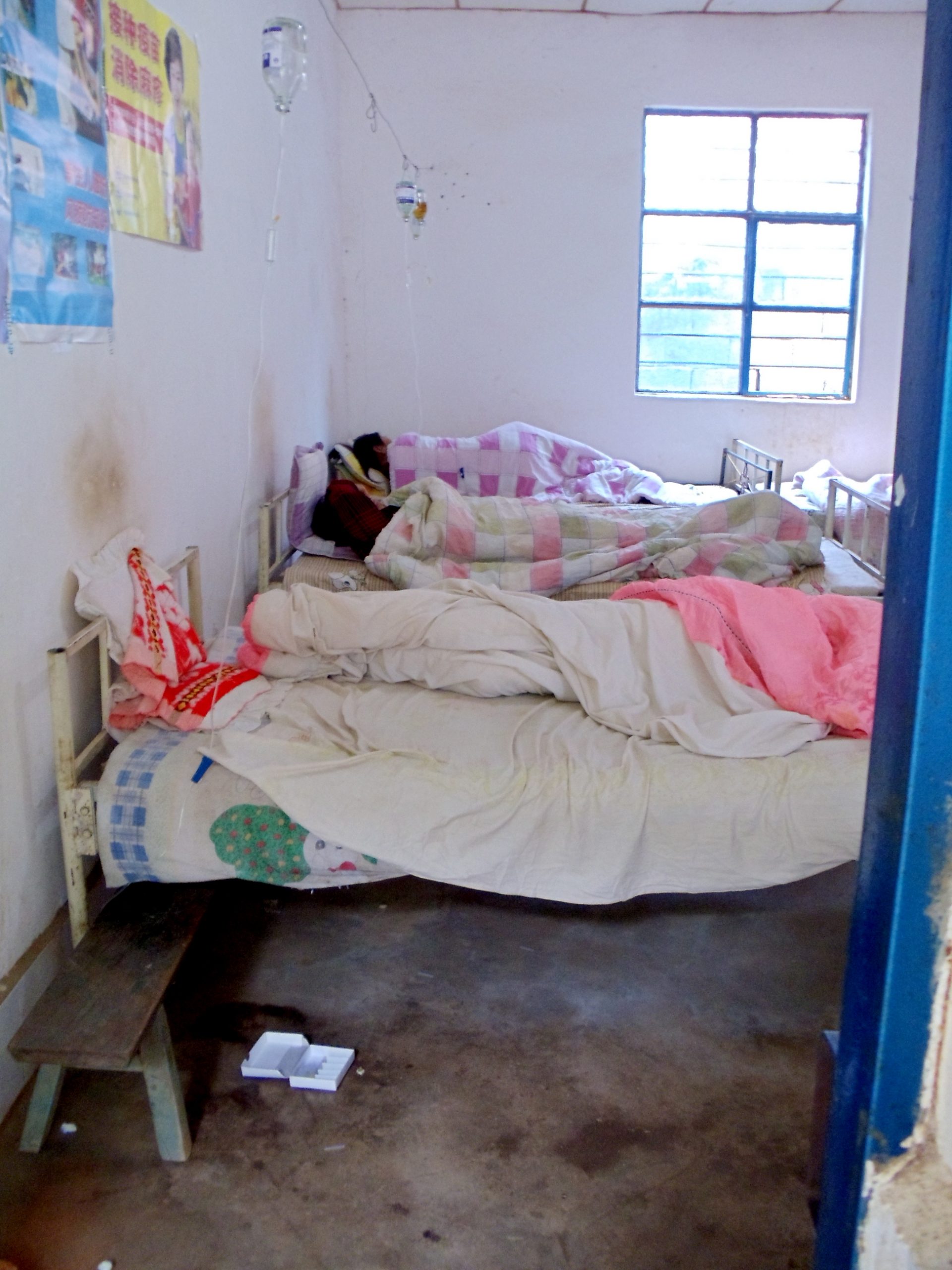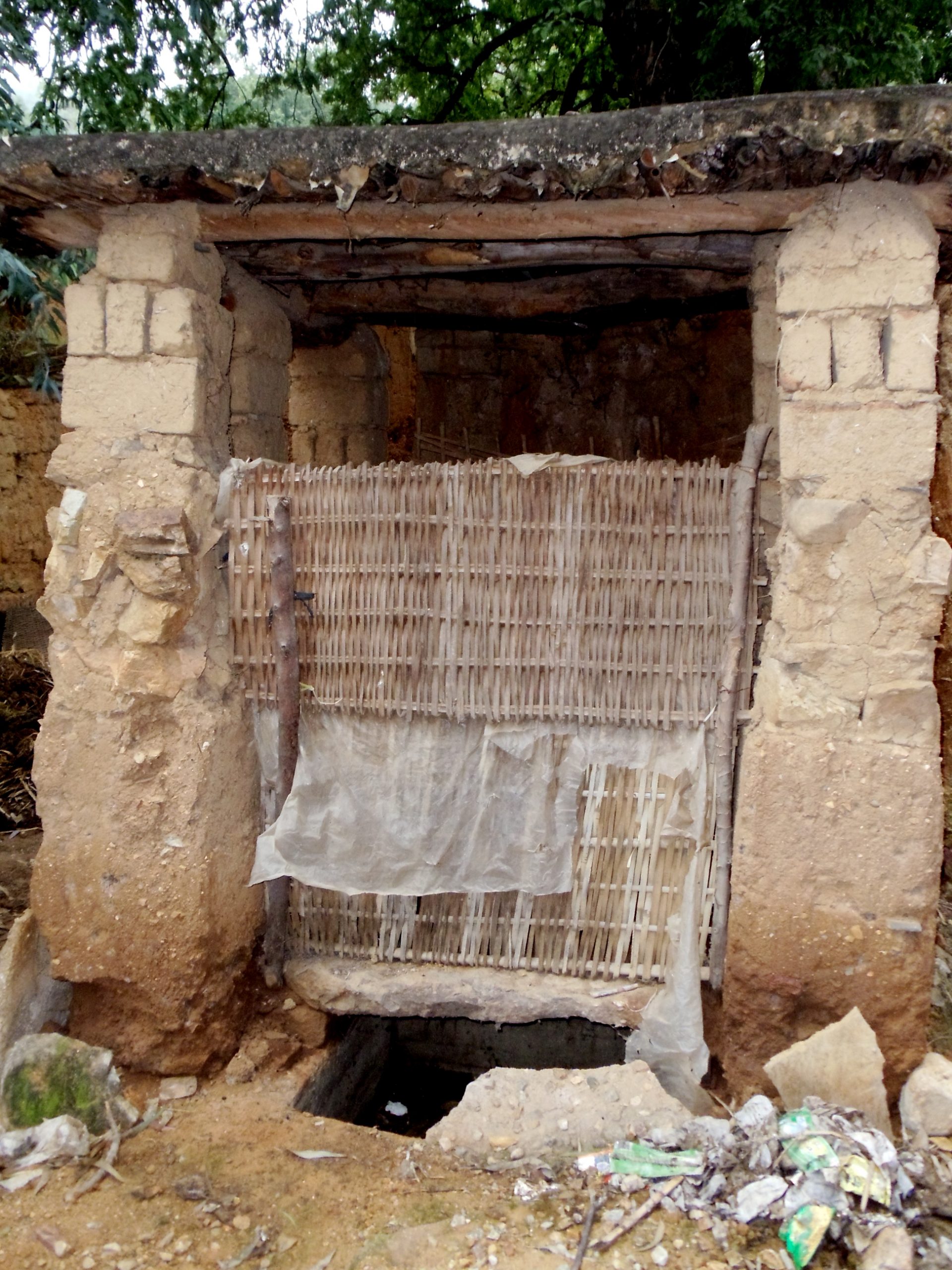Where are water and sanitation in China’s rural healthcare reform?
Guest blog by Angela Ni, Fulbright Fellow 2010-2011, Yunnan, China (angela.ni@fulbrightmail.org)
In China, the past 30 years of economic growth has lifted roughly 600 million people out of poverty (based on $1.25 per day). Improving health conditions reinforced this economic boom. Since 1952, average life expectancy has increased from 35 to 74 years, nearly doubling an individual’s life and potential earnings.
From 1949 until the 1970s, the Chinese government invested heavily in the country’s basic health care system, creating communal village and township clinics, and employing the now infamous “barefoot doctors.” During my research, I have visited the modern equivalent of “barefoot clinics,” where today’s farmers receive basic medical treatment. However, with increased marketization, China’s communist past of collectivized health services has been superseded by fee-for-service privatized healthcare.

Providing cost-effective healthcare across China’s broad income spectrum is proving challenging. A 2009 survey by the Economist found 84% of rural respondents consider health their greatest future concern, and 61% believe cost is the main healthcare issue facing their household. The government recently implemented a rural medical insurance plan that farmers can buy into for a little more than a dollar per year. Despite the plan, doctors tell me rural patients seeking treatment for serious ailments or injuries in county and city level hospitals are unable to afford co-payment and other out-of-pocket fees. Some rural citizens refuse to join the insurance plan because they feel their expected contribution is too high.
This year China became the world’s second largest economy behind the United States. Given the United States’ current healthcare situation, China should take caution. While United States’ citizens enjoy one of the highest levels of GDP per capital in the world, their average life expectancy is lower than nearly all other rich industrialized nations. A Speaking of Medicine guest blog earlier this year pinpointed unequal distribution of wealth (i.e. inequality) as the crux of health concerns in the United States.
China has both rising income inequality and an increasingly uneven distribution of income across localities. Poverty is still predominant in rural areas; a major concern since the rural population comprises over 50% of the population. Mounting medical bills are a major concern. If China is to maintain its goal of sustainable economic growth, the government must protect the rural population from debilitating medical bills and debt.
Increased bills are partially the result of the on-going epidemiological transition toward chronic diseases of an aging, industrialized society. However, the endemic infectious diseases that historically affected the poor are still present in rural areas. Neglected illnesses such as Schistosomiasis, dysentery, dengue fever, and respiratory problems continue to challenge public health practitioners.
With coordinated, preventative measures, these neglected diseases can be controlled. However, health experts including Dr. Zhang Kaining, executive director of the Yunnan Health and Development Association, point out that the new rural medical insurance plan does not sufficiently emphasize prevention over treatment and, consequently misses the vital connection between basic preventative health measures, such as nutrition education, clean water provision, and improved rural sanitation.
As I have previously written, the installation of biogas toilets is one promising method of improving rural sanitation. An estimated 330 million people in rural China do not have access to clean water. Mortality rates from liver and stomach cancer due to polluted water are well above the world average. The World Bank estimates that the economic cost of disease associated with the incidence of diarrhea and cancer due to poor water is RMB 66.2 billion a year in rural China. But, because biogas projects are often primarily funded by rural energy and forestry bureaus, the focus of most projects is energy conservation, rather than health.

Eliminating the burden of water-related illness would have a lasting preventative health effect on the rural poor who are already shouldering skyrocketing healthcare costs. The eradication of water-borne diseases requires acknowledging the interplay between equitable access to health services and the distribution of water and sanitation infrastructure. I am inspired by the words of India’s first prime minster, Jawaharlal Nehru, who once said, “A country in which every citizen has access to a clean toilet is one that has reached the pinnacle of progress”. Therefore, if clean water and toilets are a measure of whether a nation is able to meet the most basic needs of its populace, then sound economic policies should take stock of the diffusion of latrines and potable water sources.
Check out Angela Ni’s other blogs on SpeakingofMedicine here:
November 2010: Biogas toilets in a Chinese village here
October 2010: China’s water and sanitation crisis here
Check out the recent PLoS Medicine four-part Water and Sanitation series here
